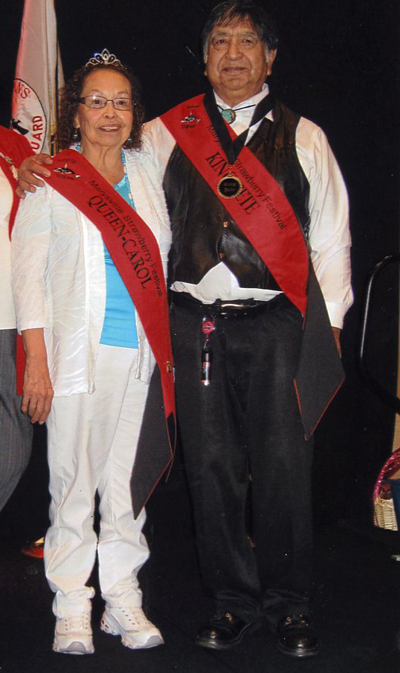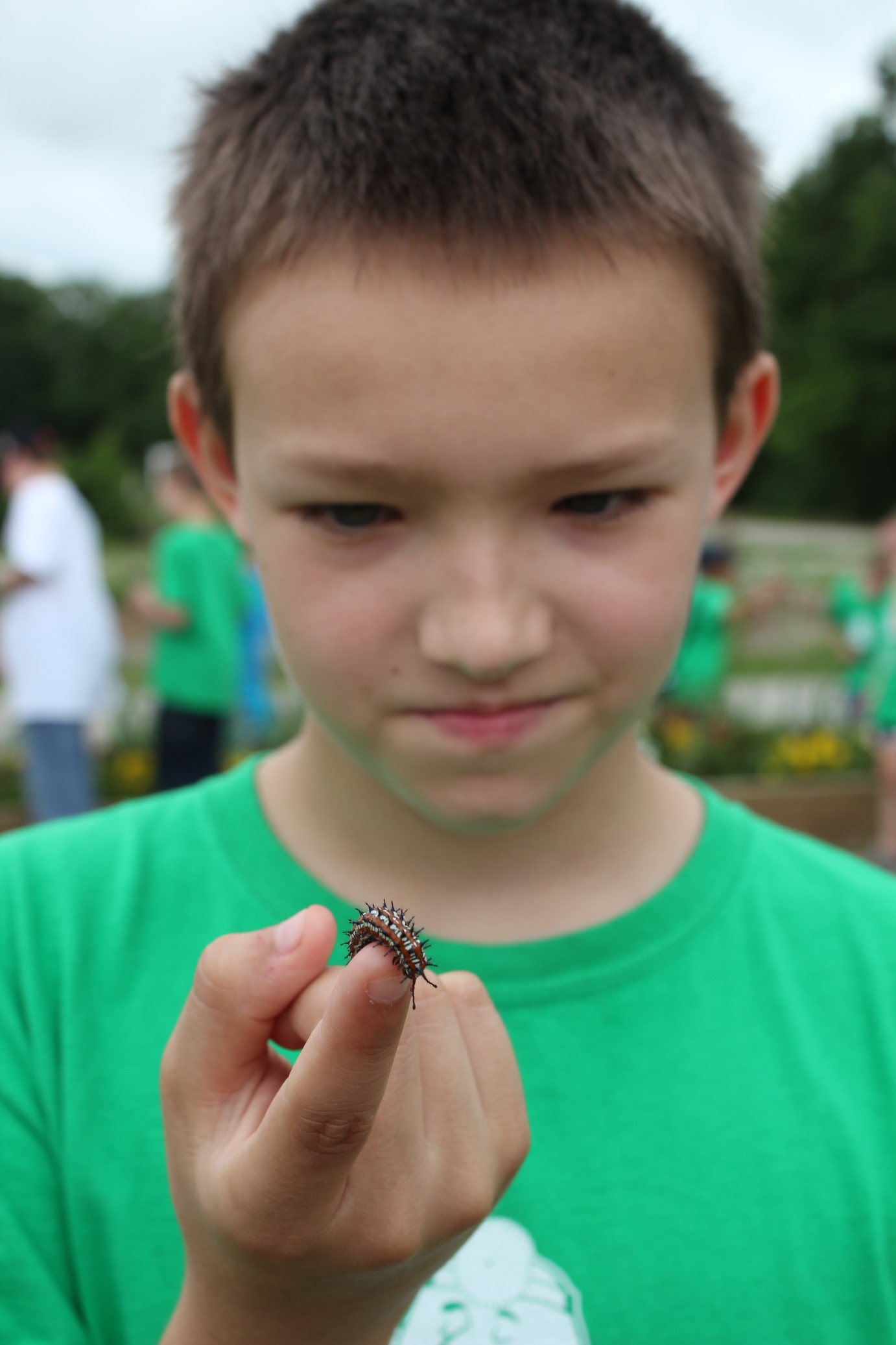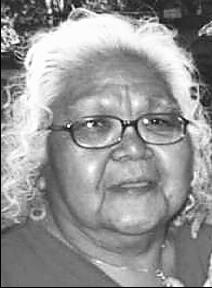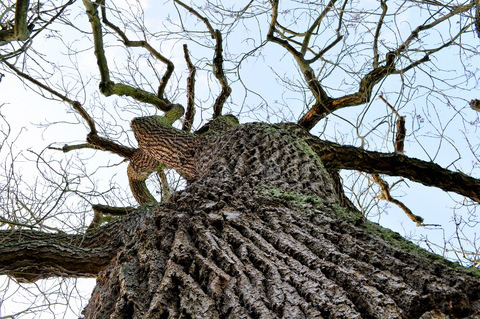Tulalip Cabela’s offers free seminars on major upcoming fisheries this weekend
Wayne Kruse, The Herald
The first major saltwater salmon fishing season of the summer opened over the weekend, and results were probably better than had been anticipated.
Coastal marine areas 1 and 2 (Ilwaco and Westport) opened for their early hatchery chinook fishery — marked kings only — and despite all handicaps managed to produce decent fishing.
Wendy Beeghley, coastal creel sampling coordinator for the Washington Department of Fish and Wildlife, said Saturday’s weather was really lousy — bad enough that the Westport bar was closed for part of the day — and only marginally better on Sunday. Add to that a forecast for a smaller run of chinook to the Columbia River this year than last (although still pretty decent) and the normal day or two needed by the charter fleet to locate the fish at the start of a season, and the average of a half-chinook per rod on Sunday at Westport wasn’t half bad.
There was little effort at Ilwaco, Beeghley said, probably attributable to the weather, and an average on Sunday of about one-third fish per person.
Best fishing in the Westport area was north, Beeghley said, off Ocean Shores, and the fish ran the whole range, size-wise, from 8 to about 20 pounds.
“We expect fishing to improve in the region as the weather calms down,” Beeghley said. “The offshore troll fishery has continued to improve, indicating better numbers of fish coming down the coast.”
The selective chinook fishery in area 1 runs through June 21, and at Westport, through June 22, allowing two fin-clipped kings per day. The regular summer salmon season opens in both areas the day after the early season closure, while the early selective season off La Push and Neah Bay runs June 22-28.
Shad
It’s the peak of the season right now for shad in the Columbia River, with daily counts over Bonneville reaching 200,000 fish on Monday, and the cumulative count at 1.75 million. “That’s about double what it was last year at this time,” said state biologist Joe Hymer in Vancouver.
“It’s crowded on the weekends,” Hymer added, “but fishing has been pretty good. The creel checks last week were about 10 shad per rod, river-wide, and most of those were incomplete fishing days so the average was probably higher than that.”
He said that unlike some previous years, most of the shad caught in this Washington-side fishery are being kept.
“More user groups are showing up that like to eat the fish,” he said, “and we’ve seen stringers of 100-plus fish. You do need a license, but there is no limit on shad in the Columbia.”
The sporty little 1- to 5- or 6-pound fish are bony, but considered fairly good table fare when properly prepared, and some anglers like the roe, grilled in the skein like sausages and served with scrambled eggs and toast. Others catch and release, or save a few for crab bait.
The area immediately below the Washington-side “new powerhouse” portion of Bonneville Dam is a popular, but crowded, spot, from the yellow deadline marker 600 feet below the dam, downstream. Hamilton Island, below the dam, is also a good bet. Drive east on Hwy 14 a couple of miles past the town of North Bonneville to a line of transmission towers, and take the turnoff to the right. That road leads to the Hamilton Island boat launch and there are good, public, bank fishing spots both above and below the launch. Any small point and its attendant eddy marks a good place to try for shad, which will generally be close to shore and out of the heavy current.
A heavy-trout-weight spinning rod with soft action is about right, and a reel loaded with 6- or 8-pound test line. Use a slinky or piece of pencil lead, or a one-ounce sliding sinker, and about three feet of leader. Lure can be most anything small and shiny or colorful — spoon, spinner, crappie jig, shad dart, bare size 1 or 2 hook with three yellow or red beads strung above it. A lot of bank fishing spots can be grabby, so go equipped with plenty of gear.
Cast upstream and about 30 feet out, let the lure sink until you think it’s just above the bottom, then retrieve slowly and let it swing around below you. Most popular spots are too crowded for float-and-jig fishing, Hymer said.
The shad fishery is considered a very good family experience, but youngsters should definitely be equipped with flotation jackets when anywhere near the Columbia’s often heavy currents.
Seminars
Good stuff this weekend at Cabela’s Tulalip store, in the form of free seminars on major upcoming fisheries:
Fishing for Kings in Area 9, Saturday, 11 a.m., in the fishing department, Hear special tips and techniques of local experts and bring your stories to share.
Fly Fishing on High Country Lakes, Sunday, 1 p.m. in the Conference Center. The snow will be melting soon and Mike Benbow has been there, done that, on many of the Cascades’ best high country waters. He’ll walk you through the ins and outs of fly fishing the highland lakes.
Waterfowl festival
Over the past 12 years, the Oregon Waterfowl Festival Association has donated nearly $20,000 to Ducks Unlimited for improving habitat on lower Columbia River estuary wetlands. This year’s event runs June 29-30, 8 a.m. to 5 p.m. at the Columbia County Fairgrounds in St. Helens, Oregon. For information go to oregonwaterfowlfestival.com.
Lingcod
Marine Area 7, the San Juan Islands, close to ling fishing at the end of the day Saturday, offering one last shot at what has been an excellent season. WDFW checks at the Washington Park launch on Sunday showed 25 anglers with 9 lings and 2 cabezon. Kevin John at Holiday Sports in Burlington said that reports have slowed around Lopez Island, but that the north end of the islands has held up well. He said that while Deception Pass and Burrows Island were hit hard in the first few weeks of the season, he thinks new fish have moved in to fill the habitat and that fishing has remained good. Dunk a herring in Deception Pass, or a white or rootbeer grub on a jighead. Around Burrows, he said, work the shallower water and rockslides with a 6- or 9-inch swimshad.
Potholes Reservoir
Arguably the best all-around fishery in Eastern Washington, Potholes Reservoir is coming on as water temps warm. Mike Meseberg at MarDon Resort said bass fishing on the face of O’Sullivan Dam offers top early-season action on smallmouth bass, using topwater lures. Or run over to the Lind Coulee Arm and toss diving plugs in crawdad pattern, or half-ounce spinner baits in chartreuse or white. Work the rocky points, Meseberg said, and you might also nail the occasional walleye.




















